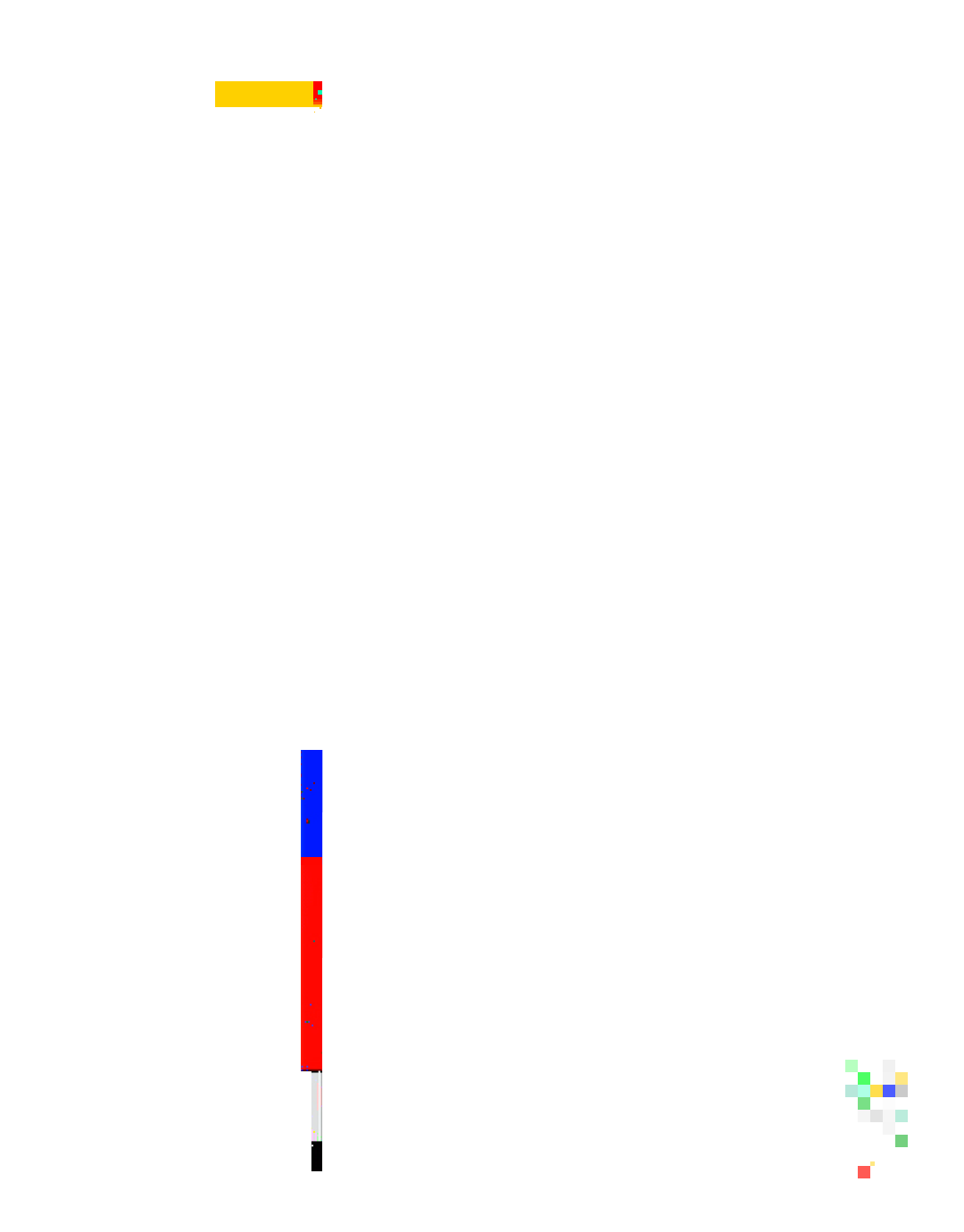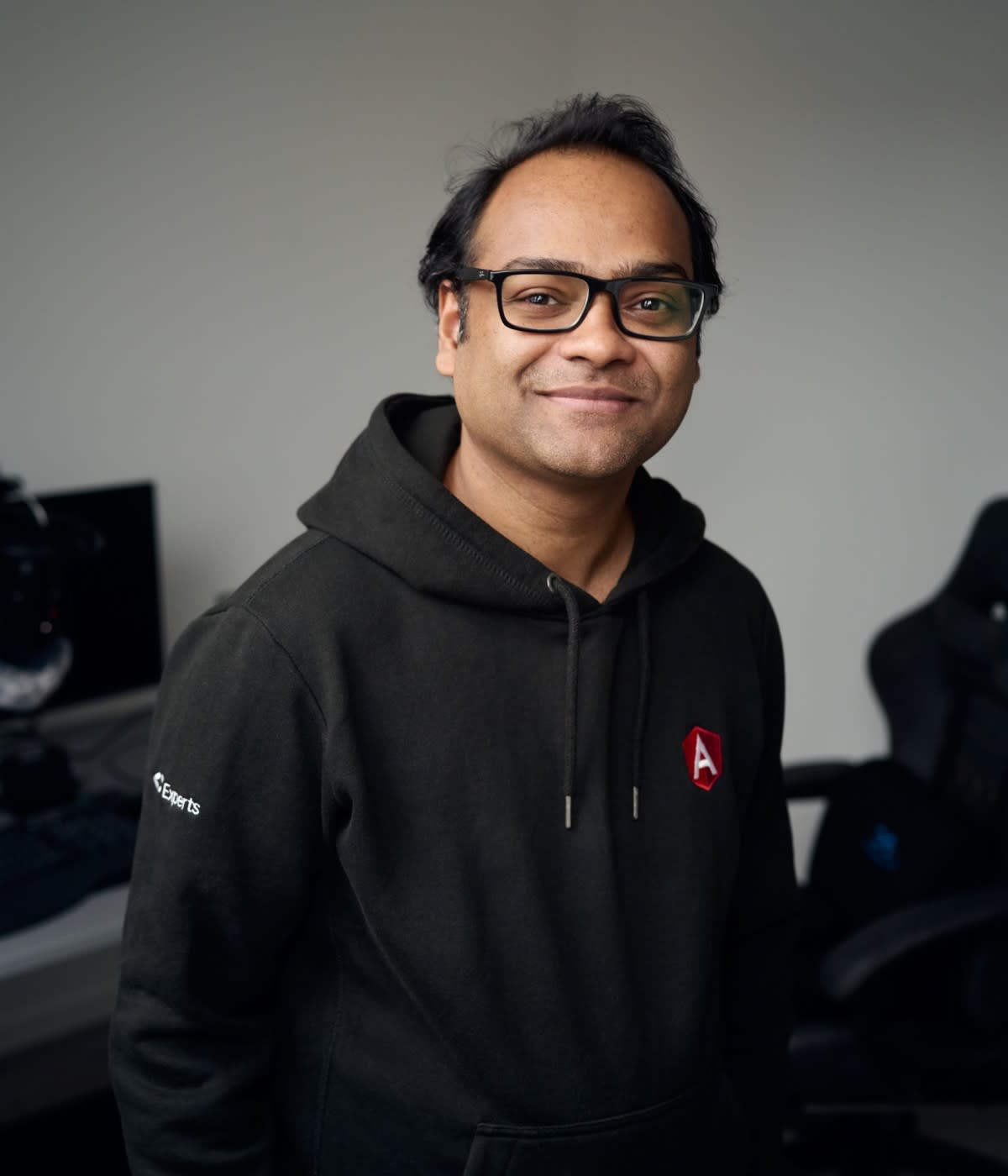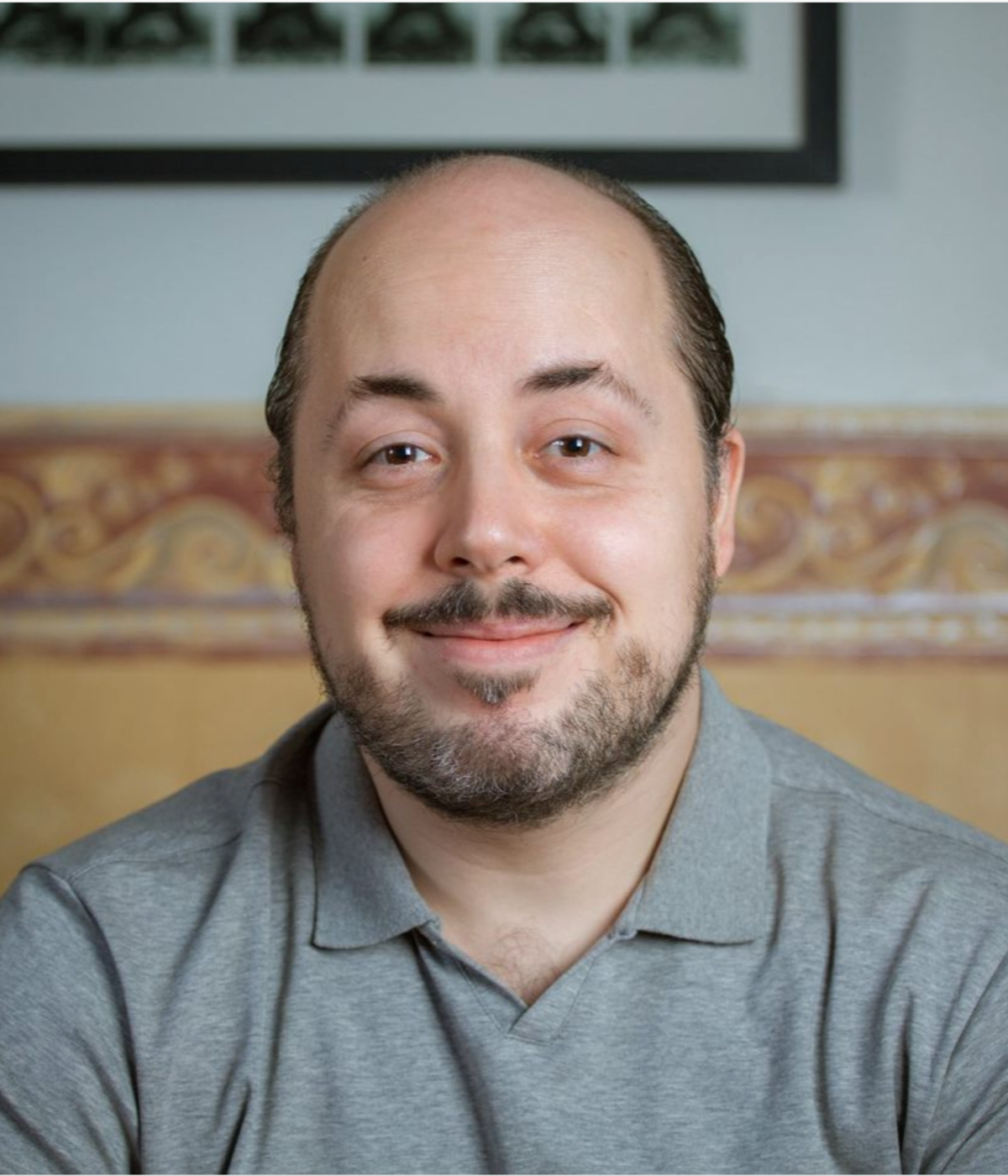Also in Guides
Teaching in public with GitHub
Someone once told me: “You’re a Black combat veteran from the south, so I don’t understand how you’re going to push this non-profit through unless, at minimum, you find a white co-founder or, at maximum, you move to New York or Silicon Valley.” I thought, “Oh, so you don’t think I can do this on my own? You think I need someone to be that face for me?” It was a shock to hear this, but I proved them wrong.
Just like every veteran who drinks the Kool-Aid, I thought the job market would be hot when I separated from the military, but it wasn’t. After World War II, veteran status meant more opportunities; in the post-Vietnam era, it carried a more negative connotation. My generation of veterans has problems finding good jobs in the civilian sector. Police, fire departments, and EMS are the only recommended opportunities to use their skills and make any real money. Every other job requires extra training and a pay cut from what we made in the service, and it takes us up to 24 months on average to get back to where we were financially. We have to worry about whether we have the financial bandwidth to start over, and the only real advice is to put your GI Bill toward college. But I knew there had to be another option out there.
When I got out of the military during the 2009 recession, I noticed people working in tech seemed to have valuable skills and be doing okay financially. So I taught myself how to code using a book on databases and SQL, and got my first job as a database analyst. I never looked back, and 10 years later, I’ve helped over 250 veterans get jobs through Vets Who Code (VWC).

Embedding himself in code and learning by doing
When I was in the military, we were a rapid deployment force. To ease the effect of our presence in other countries, we’d indoctrinate ourselves in their languages and customs. I tried to take this approach during my journey with tech. It took about a year of really, really pushing to get it down. I fought my computer and my computer fought me. Some days I won, some days it won.
Then I found open source and the JavaScript community: People helping people because it was the right thing to do. I could relate to this. While I started with SQL, and then moved over to PHP and Rails, the JavaScript community is where I always wanted to be. I finally moved fully over to JavaScript and was hooked. From database work to marketing roles and everything in between, I learned so much during this time.
Fast forward to 2014 and I’m working for a non-profit. I’ll never forget this day: It’s a Friday, and I get a phone call about a family who just lost their son who was a veteran. A fellow non-profit worker asked me to help raise money for this man's family.
They said, “We need you.” I figured they wanted help from the non-profit I worked at during that time. But they said, “No. You’re the only person who can help.” I thought, “Wow. You believe in me way more than I do.” So I combined my coding skills with my community connections and built a website to tell his story and raise money for the family. I used Bootstrap for the first time and connected it to Heroku to build the website and push it live. Less than 27 hours later, we had raised $10,000 for the family.
I didn’t have any experience fundraising before that. I was just telling the story to raise awareness. Everyone asked what I was going to do next, and I said, “Probably go back to bed.” But I couldn’t shake this belief that we could teach every veteran who’s coming out of the military how to code. On the civilian side, they’re hungry for people who can code. On the veteran side, we’re hungry for jobs.
That first year, I was teaching VWC courses on my own, at night, using Slack, Zoom, and Screenhero—and I helped 50 veterans in 12 states get jobs in software engineering. Otherwise, to get the same opportunity, they’d have to pay $17,000 each.
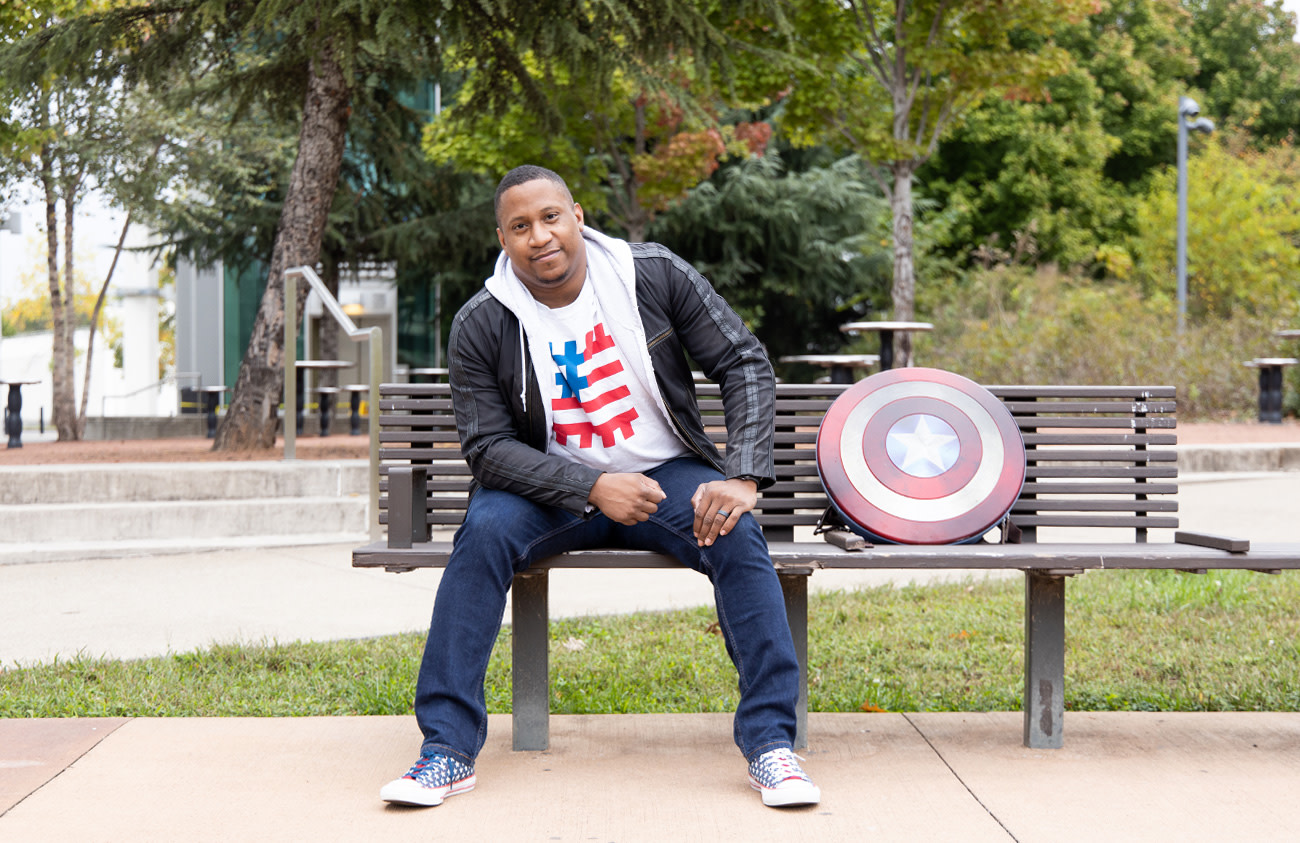
A modern approach that made veterans feel like superheroes
In 2015, I got a phone call from one of President Barack Obama’s administration officials, who told me they thought what I was doing was amazing, and asked if I wanted to come to the White House. I thought, “Well of course I do! You’re inviting me to meet the first Black president? This is awesome. My mom is going to be super proud of me.”
It was incredible. After that experience, we pushed ourselves to get smarter and sharper. Soon, big names in tech and tech education, particularly in JavaScript, started coming on board to help. Most of our board members were introduced to our veterans in what we call “Slack side chats,” and many met each other in real life.
In 2017, I did something revolutionary at the time and dropped all of our back-end code at VWC. We then went completely serverless and began using APIs for everything. With tools like AWS, Cloudinary, Netlify, and Auth0, it was clear to me that APIs and CDNs were going to be mainstream really soon, and I wanted to make sure our stack and curriculum mirrored it.
This approach is modern, and we still focus heavily on serverless. It makes our veterans feel like they’re on active duty again. They feel like superheroes. They’re able to get full working sites with CMS, payments, and analytics up and running in no time. They become instantly productive and gain the freedom to build innovative things that work. They can make money and get jobs right out of the gate.
Because we got rid of that back-end layer, we could dig deeper into the front-end layers to make our veterans more competitive. We teach them SEO, design psychology, user experience, user interaction, design systems, web performance, frameworks, and web accessibility. By focusing on deeper learning in a part of the industry that isn’t going anywhere soon, and then adding serverless tools to their skillset, they become a hireable asset to any team.
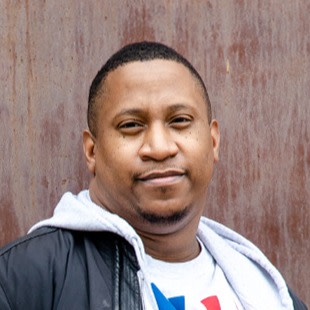
Crawl, walk, run, code
The average American is at least eight degrees removed from a veteran. They assume we don’t know how to think critically or creatively and are all politically conservative. Once, someone asked me, “Can veterans even learn how to code?” People thought I was the exception, not the rule.
I’m a Black combat veteran from Memphis, Tennessee—the deep red south—and when we started VWC, Tennessee wasn’t exactly a tech hotbed (and still isn’t). For us, it’s been a constant uphill battle, but serving our country has prepared us for it.
Leveraging open source technologies, we empower our veterans with the ability to create real change for themselves. In the military, we had to crawl, then walk, then run: It’s a progressive learning protocol. We would train how we fight. So we take the same approach with VWC; we teach how we work. We have been able to make our site professional and fast using great tools, and it helped our troops get past those stigmas.
People have a hard time letting go of stigmas, but the reality usually doesn’t match up. I was born Black, but I earned the title of veteran, and have had to navigate America with this duality ever since—so I’ve seen my fair share of this. Recently, my duality has put me in front of several social issues within the tech community. I was the first Veteran Service Organization (VSO) director to say “Black Lives Matter.” As veterans, it is our responsibility to do what is right, so I engaged in some difficult conversations, which has been tough, but I feel a responsibility to continue to push the communities—both tech and military—forward. I want to be a part of rebuilding a system that represents today’s America, not one that is exclusively great for one narrow demographic.

Helping veterans find a new kind of purpose
I have purpose, and I really can’t stress the importance of that enough. The work I do with veterans is for free—that’s why they call me the “Captain America of code.”
As veterans, we demand a high quality bar from each other and ourselves. We want to be in the right room, we want to be the best, and we’re motivated to do more than what’s required. We need purpose. Money is nice, but you’re not going to get the performance you want from a veteran without purpose. That’s just who we are. The military drills it into us, and we can’t get rid of it even if we tried. We need a why: something that pushes us.
Once I find the push that gives a veteran purpose, I can connect it with code. Take a recent student, Erin McKinney. She was an officer and explosive ordnance disposal specialist in the Army. She’s motivated by her son, who has sensory issues, so she focuses on user experience and web accessibility.
Most of our students join to learn the craft, and, much like Erin, end up finding a purpose they’re connected to. We get about 400 to 500 applicants each year, yet we can only teach about 50 at a time. The program is 15 weeks. We push really, really hard. Everything’s free and we give them all types of secondary educational tools, like those Slack side chats with industry experts who come from unique backgrounds. I work hard to find people who align with our technology values: open source, JavaScript, and serverless. They inspire the students, and more often than not, they want to know how they can do more to help.
These veterans come to VWC because they want to have purpose and put food on the table for their kids. They stay because they want to change the world. I believe that JavaScript and code, when done correctly, can help them do that. Our veterans prove it every day.

